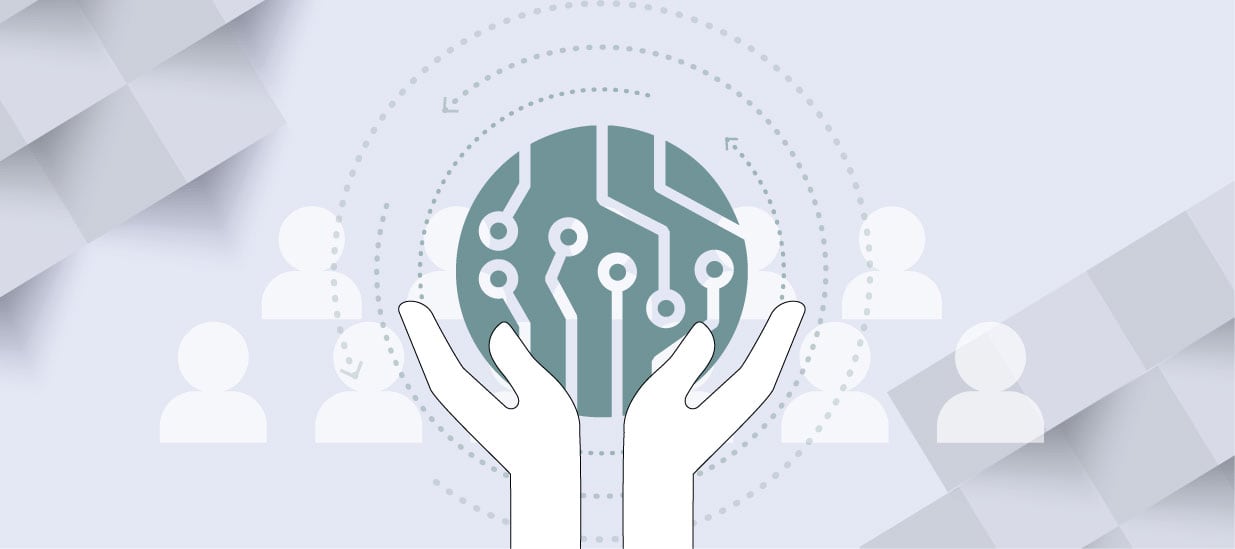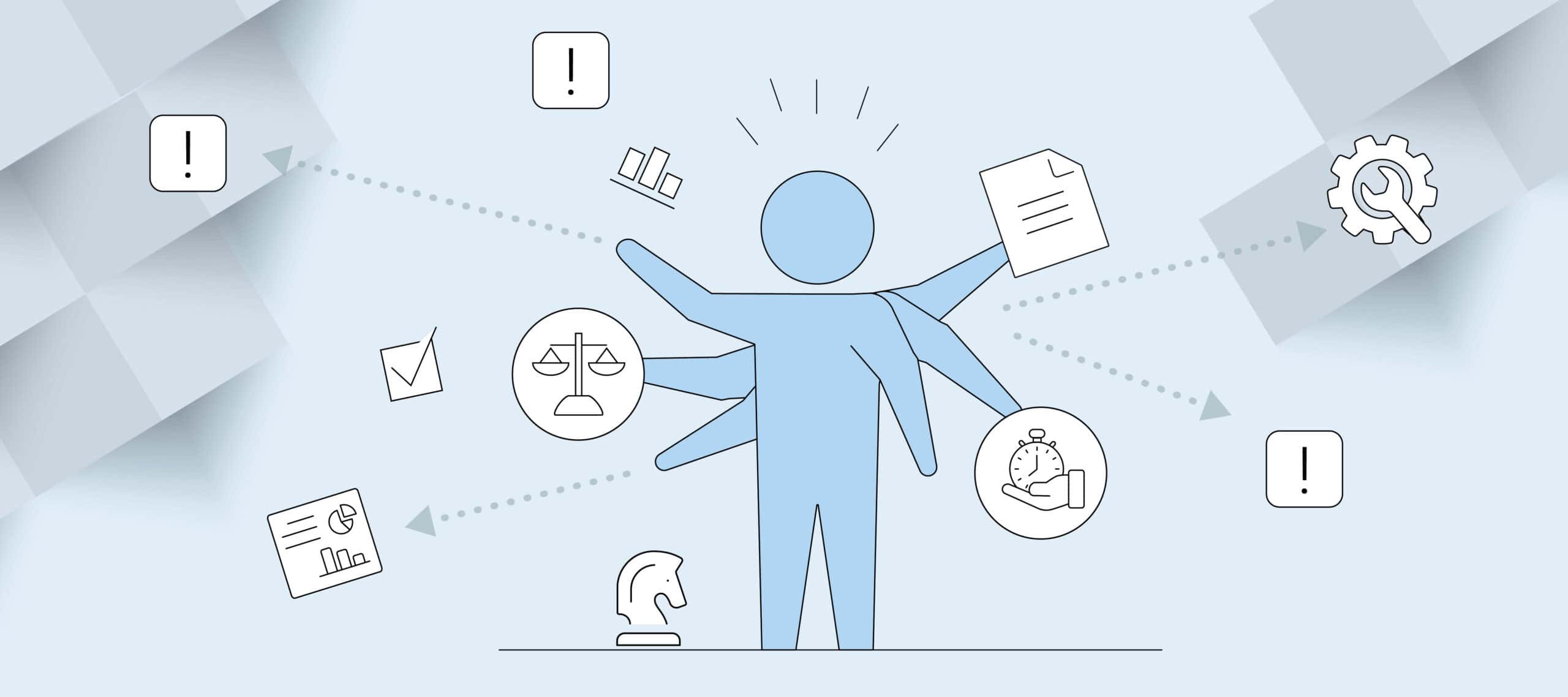As regular contributors to Pragmatic Institute, Neil Baron and Rod Griffith are also the co-founders of the Product Leadership Council, an insights-sharing forum for product executives co-sponsored by Pragmatic Institute.
Ralph Vetsch has served as VP of Sales for several B2B technology companies and is sharing his real-world experience with channel readiness.
The primary role of the sales organization is to sell. The primary role of the product and marketing organizations is to make selling easier.
Too often, product management and marketing teams simply toss their products, marketing materials, and sales leads over the wall to the sales team. There is insufficient regard for how easy the product is to sell (or even if it is ready), whether the sales materials effectively accelerate the customer’s buying journey, or whether the leads are qualified.
A reliable sign of lack of sales channel readiness is finger pointing and poor relationships among sales, product and marketing teams.
It’s vital first to understand what it means to be “channel ready.” Based on our experience with dozens of B2B companies, organizations that treat product readiness and sales readiness as separate, linear components of the process are typically not as successful as organizations that see product and sales as a collaborative effort to ensure that the sales organization (either direct or indirect) is channel ready.
While the details determining channel readiness will often differ from organization to organization, we have identified eight key action items that make up the minimal list of elements that should be in place.
The Channel Readiness Action List
1.Defining the target customer(s):
Identify the ideal customers. Define the target customer and the characteristics that make up that target customer. The more granular, the better. Channel ready organizations go beyond industry sector and firmographic data. They include psychographic and behavioral data to understand the customer’s decision journey, what motivates them and how they make decisions.
Learn More: Definitive Guide to Buyer Personas
2. Aligning the sales process with the customer buying process:
Have you defined (and documented) the sales process that maps to the buyer journey? Do you understand how marketing can increase sales’ effectiveness at each stage of the journey? Do you know which customer journey stages are most likely to slow the sales cycle—and do you have the right sales tools to address those?
Read: Mapping Your Sales Tools to the Customer Journey
3. Defining and addressing the competition:
Do you know who or what your actual competition is? Are you losing most business opportunities to other vendors? Or to the status quo? Or to the customer’s decision to do it themselves (in-house)? Do you have the strategies and tools to address all of your competition?
Learn More: [Distinctive Competency] What Companies Can Learn from the Tennis Elbow Queen
4. Understanding and addressing customer objections:
Do you have a documented list of common objections with how and when to handle them? Are your sales teams amply trained and rehearsed to identify and combat objections effectively?
Learn more: Advanced Strategy For Building Effective Sales Battle Cards
5. Defining effective pricing:
Does your pricing make sense? Is it easy to understand? Can sales correctly price the opportunity on their own? Are your sales teams too prone to drop prices to win business? Do they have sufficient training and tools to reduce the need to discount?
6. Generating mindshare and interest:
Do you know how to get target customers to pay attention and truly understand your offering and its differentiation? Do you have a list of (magic) questions the sales team can use to establish the need and urgency and define the solution?
7. Building credibility and reducing perceived risk:
Do you have a documented list of customer success stories that sales can use to show the customer that you can be trusted to be their business partner. Do you have the processes and tools to ensure that sales can quickly identify the best customer success stories and reference that best align to their specific sales opportunities?
8. Offering supporting technical details:
Do you have documented product specifications that tie back to benefits that can validate your product with the customer and thwart the competition? Do you have the processes and tools to ensure sales can quickly access the most applicable and valuable technical details that best align with their specific customers’ needs and the competitive situation.
Of course, collecting and communicating this information is not easy. Data collection and consensus building is needed to arrive at the answers. That consensus building starts with the collaborative alignment of product/marketing and sales teams. While this may be daunting for many organizations, ensuring a channel ready sales channel should be one of the product and marketing teams’ top priorities.
Find Your Next (Or First) Pragmatic Course
Pragmatic Institute offers eight product courses to help you take your career to the next level: Foundations, Focus, Market, Build, Design, Launch, Price and Insight. Use our course selector tool to help you identify which course will help you achieve your goals.
Utilize the Course Selector Tool
Authors
-

Ralph Vetsch, a Global Business Development and Account Management professional with 40 years of expertise, has successfully contributed to renowned companies such as Grumman Aerospace, Brooks Automation, and Stanley Black & Decker. His expansive career reflects excellence in driving global business growth. For questions or inquiries, please contact [email protected].
View all posts -

Neil Baron, a stalwart in product marketing and management, boasts 36 years of industry experience. Having contributed significantly at Sybase, Art Technology Group, Babson College, ATMI, and Baron Strategic Partners, he excels in innovation, value proposition, and technology commercialization. Neil is adept at solution selling, services marketing, and consultative selling. For questions or inquiries, please contact [email protected].
View all posts -

Rod Griffith, a seasoned professional with 41 years in product marketing, has left an indelible mark at Control Module Inc., Data General, Cultural Organization of Lowell, and MarketReach, Inc. His expertise spans strategic marketing, brand development, channels marketing, and strategic alliances. Rod excels in crafting effective integrated marketing programs for technology, business, and healthcare solutions. For questions or inquiries, please contact [email protected].
View all posts








